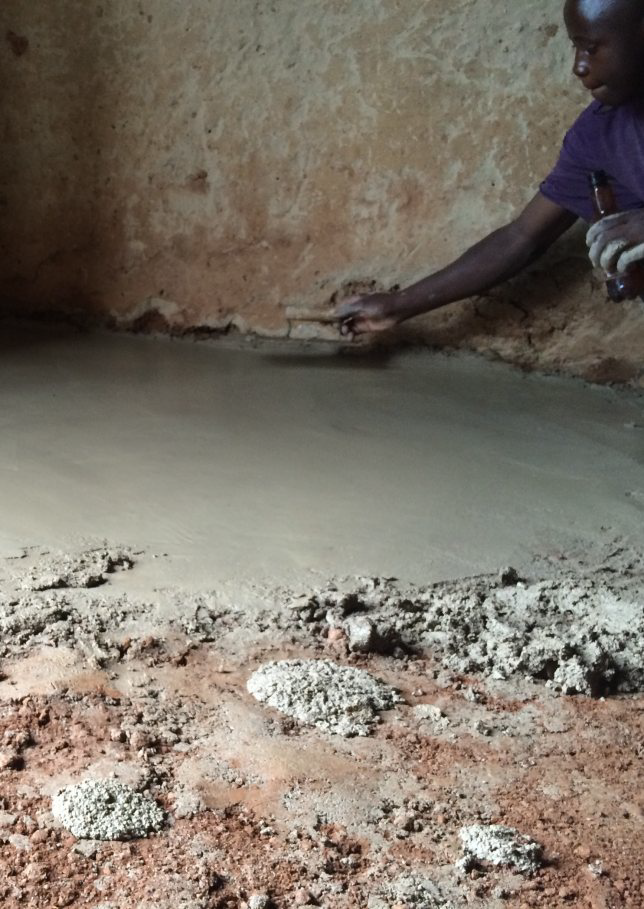Improving Health Through Green Chemistry & Sustainable Architecture
by Gayatri Datar, 2006 Legacy Awardee, & a member of the Creativity Foundation Junto
The earthenable project started out of a class at Stanford's design school. The school brings together groups of students from interdisciplinary backgrounds, much like the Creativity Foundation does. Our team consists of myself, a Stanford Business School student, Josh Tackel, a classmate of mine at the GSB, Ray Deng and Vivian Lei who are Stanford Medical students, Rick Zuzow, a biochemistry Ph.D. at Stanford, and Alice Eamsherangkoon, who just graduated from Stanford's school of engineering and product design. We came together to try to address a great need in Rwanda: how to make homes healthier. After a two-week trip to Rwanda, we realized that a major cause of health problems was the fact that most people do not have proper floors; instead, they live with dirt floors. This causes respiratory disease from dust, it causes malnutrition and diarrhea from the pathogens and parasites in the floor, and causes vectorborne diseases from bugs that live in the floor. However, concrete costs several hundred dollars in Rwanda, more than most people can afford.
Once we realized this, we were determined to find low-cost and creative ways to floor homes in Rwanda. We found out about earthen flooring, a technique that has actually been used in the western United States for several decades, but that had not really been used in Rwanda. We realized that we would need to work together, leveraging each of our unique skills, to determine how to make this work in a very different context that was very resource constrained.
In the United States, earthen floors are made with several layers of packed earthen materials mixed in specific ways. They are then coated with linseed oil, a drying oil that polymerizes very quickly with oxygen, forming a plastic resin on the floor. In Rwanda, linseed oil is very expensive, masons do not know about earthen floors, and some of the materials can be very expensive to distribute.
To address these challenges, we designed a micro-franchising model to distribute the knowledge of how to install these floors, rather than distributing the floors ourselves, thus creating jobs for local Rwandan masons. We also developed an alternative to linseed oil, which can be produced locally. We use sunflower seed oil and convert it using a chemical process.
Every day produces new challenges and new opportunities. It is the creativity and passion of our team that has made this project a success, and one that I'm so honored to be a part of.
GAYATRI DATAR, 2006 Legacy Awardee and a member of the Creativity Foundation Junto, is the co-founder of Earthenable, a social enterprise with a mission to improve the health and housing of low-income Rwandans.Gayatri previously worked as a Senior Consultant at Dalberg Global Development Advisors, as an analyst with the Ministry of Finance of the Government of Liberia, an intern in launching the Subway sandwich brand in Kenya, a research consultant with the World Bank, International Finance Corporation, and Gates Foundation, and a volunteer with several local NGOs across the developing world (India, Namibia, Nicaragua, and Albania).



